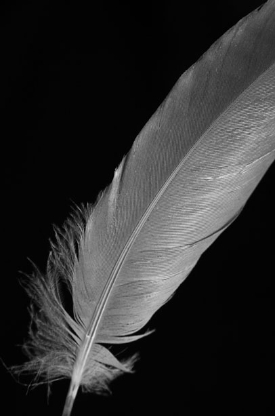Genesis 1:22-23
“And God blessed them, saying, Be fruitful, and multiply, and fill the waters in the seas, and let fowl multiply in the earth. And the evening and the morning were the fifth day.”
 One of the most obvious objections to the alleged evolution of birds from therapod dinosaurs is the evolution of feathers themselves. In order to change a therapod dinosaur, which would appear to have bare reptilian scales, into a bird with feathers, it is supposed that the scales must fray into pieces to make the distinguished feathery structure.
One of the most obvious objections to the alleged evolution of birds from therapod dinosaurs is the evolution of feathers themselves. In order to change a therapod dinosaur, which would appear to have bare reptilian scales, into a bird with feathers, it is supposed that the scales must fray into pieces to make the distinguished feathery structure.
Many evolutionists have noticed the difficulty in suggesting so many changes, and it is partly for this reason that therapod dinosaurs themselves are often depicted covered with feathers. However, by doing this, evolutionists have merely moved the problem, and not solved it.
Part of the issue is that key parts of the feather have to be very exact in their construction in order to work. For example, the ‘hooks and eyes’ on the feathers (known as barbules and hamuli) must be exactly the right size to fit together. If they were a little short or a little long, then there would not be an airtight fit for flight, or a watertight fit for waterfowl. The only response that evolutionists can have is that this exactness is not necessary for their feathered dinosaurs, so they are allowing that the evolution of exact barbules might be later than that of original feathers. But this explanation is weak and does not pass the Occam Razor test of simplicity, whereas the careful, accurate design of feathers, independent of scales, clearly does.
Prayer: Thank You, Lord, for the beauty and simplicity, yet intricacy, that we see in the designs that You have made. We stand in awe and praise Your Name. Amen.
Author: Paul F. Taylor
Ref: Bergman, J., The evolution of feathers: a major problem for Darwinism, Journal of Creation (formerly TJ) 17(1):33–41, April 2003. Image: Public Domain.
Copyright © 2020 Creation Moments, Inc. All Rights Reserved
